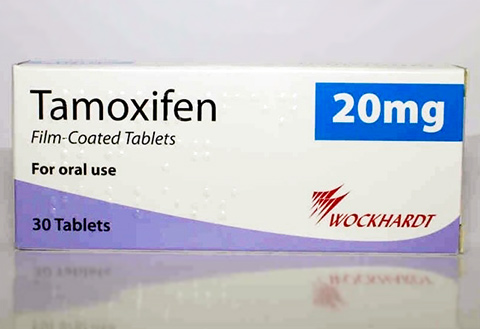Claudication
Claudication is the term used to describe leg pain that develops during activity, diminishes with rest, and recurs upon resuming activity. This type of cyclical pain is caused by reduced blood flow to the muscles of the leg and is a warning sign of peripheral artery disease that may result in blocked arteries.
What are blocked arteries?
Arteries, a type of blood vessel in the circulatory system, carry oxygen and nutrients to organs throughout the body. Blocked arteries deprive organs such as the leg muscles of the oxygen and nutrients they need to function properly.
What are other signs of poor circulation in the legs?
Other signs of poor circulation in the legs include:
- Decreased toenail and hair growth
- Non-healing skin lesions and ulcers
- Redness of legs when they are hanging down in a dependent position
Leg cramps at night are not due to blockage of the arteries.
What causes narrowing and blockage of the arteries?
The most common cause is atherosclerosis. Atherosclerosis is the deposit of fat and cholesterol plaques in the arteries. Left untreated, atherosclerotic plaques will get bigger and slowly block the arteries. In addition, these plaques serve as areas where blood clots are more likely to form (arterial thrombus). These clots will further narrow the opening inside the artery and can result in complete closure (occlusion) of the artery and loss of vital blood flow.
What are risk factors for developing atherosclerosis and claudication?
While there are many risk factors for developing atherosclerosis and claudication, some of these risk factors, listed below, can be controlled or avoided:
- Diabetes
- Smoking
- Family history of vascular disease
- Male gender
- Advancing age
- High cholesterol levels
- Obesity
- Sedentary lifestyle
- Estrogen deficiency (in women)
Why should I see a doctor for my leg pain?
A consultation with your doctor will be needed to establish a diagnosis for the leg pain, which may be due to claudication. (Many other diseases can mimic the leg pain.) The doctor can:
- Evaluate other areas for blocked arteries
- Determine the extent of disease
- Identify correctable risk factors
- Develop a treatment plan
How does my doctor know I have claudication?
With a complete history and physical examination focused on the evaluation of risk factors and arterial circulation, your doctor will be able to determine the likelihood that your leg pain is due to claudication. Tests such as arterial pressure measurements of the leg and ultrasound imaging, which do not require entering the skin (non-invasive), can be used to confirm the diagnosis.
Treatment of claudication
Depending on the extent of disease, your doctor may suggest behavior modification (such as changing your diet or quitting smoking), drug therapy – Cilostazol (Pletal) to reduce the pain and Pentoxifylline (Trental) to decrease the “stickiness” (viscosity) of blood.
Percutaneous transluminal angioplasty (PTA) or surgery is used to remove or bypass areas of arterial blockage. PTA is a procedure in which a slender tube (catheter) is passed into the blood vessel. A balloon at the tip of the catheter is then inflated to stretch open the blood vessel.
If I have been diagnosed with claudication, what should I do about it?
- Control factors for developing further atherosclerosis
- Develop a walking program
- Maintain proper foot care
- Follow the treatment program established by your doctor






